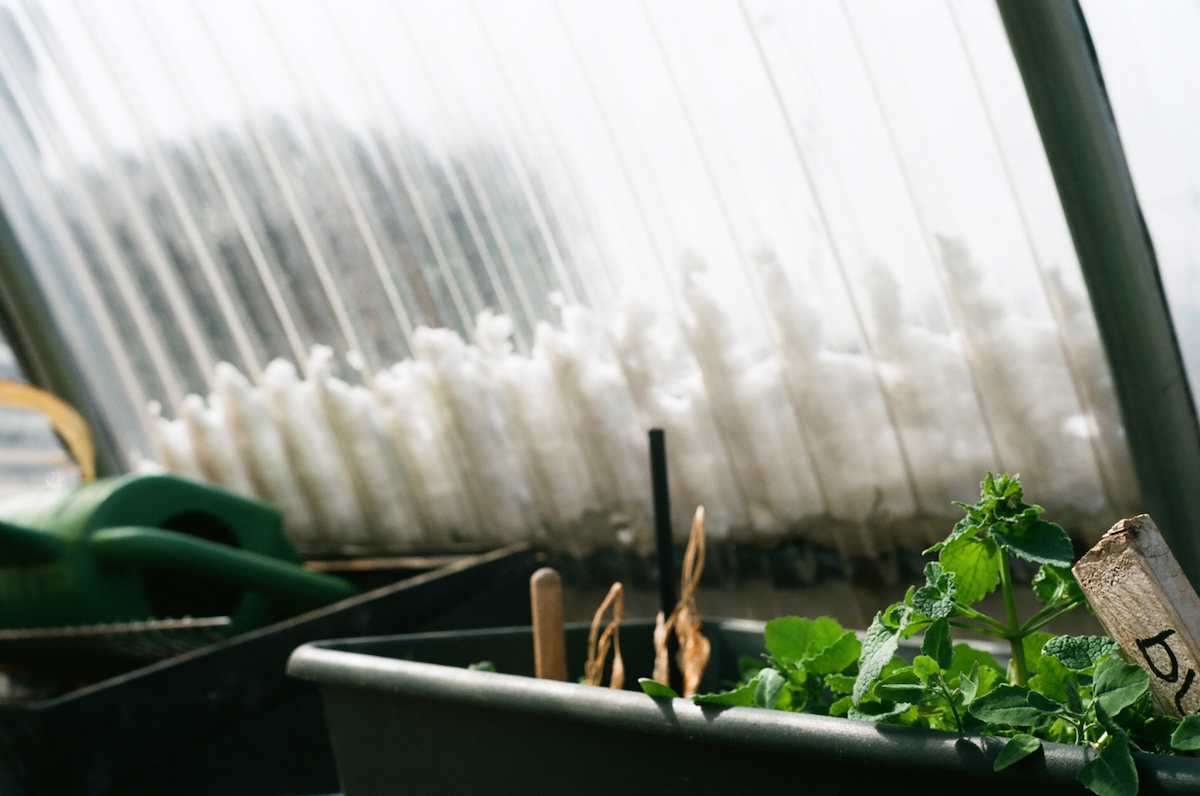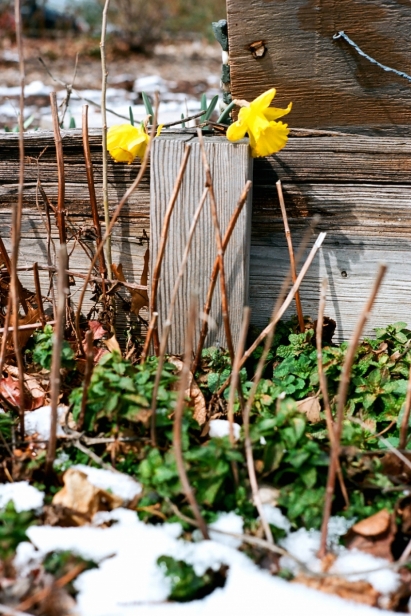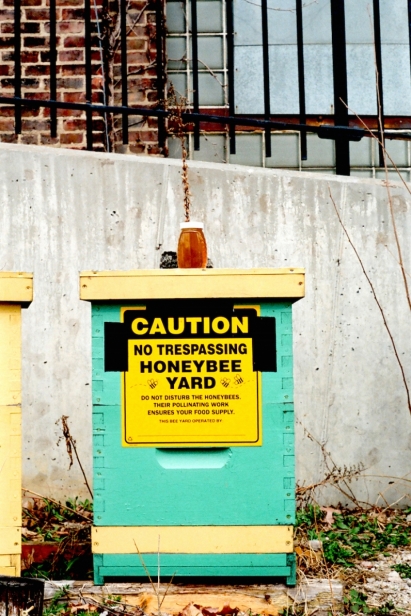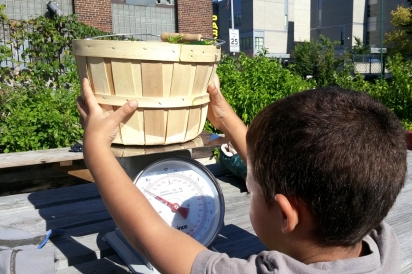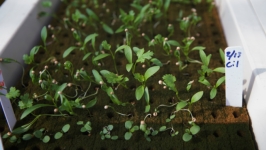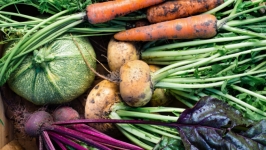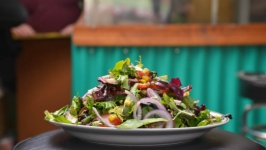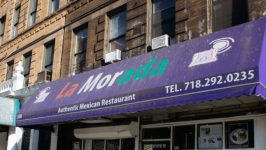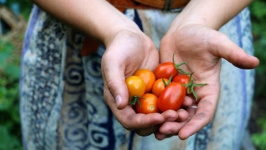New Roots for All
When we visited the farm, it was hard to imagine spring was just around the corner. A cold, wet blizzard had just hit the Tri-State area, not exactly the kind of conditions that would make anyone think about planting and harvesting. Unless, of course, you’re a caretaker and beneficiary of the New Roots Community Farm—an International Rescue Committee (IRC) community garden located in the Grand Concourse Village neighborhood of the South Bronx.
Here, despite the physical hardships of winter’s final blows, or the current anti-immigrant climate of national politics, diligent work is already being done to agriculturally and socio-politically prepare for the coming growing season.
On a frigid and overcast Saturday morning before the storm, Kathleen McTigue, an IRC program manager; and Sheryll Durrant, New Roots farm coordinator, meet with my accompanying photographer and me. Though still recovering from a lighter storm that passed the previous day, the place is bustling with people and movement. McTigue informs us that they’re students partaking in the Farm School NYC certification program. Some are working inside the garden’s warm central greenhouse, others outside in the cold. The dedication is admirable as both groups power-saw wooden planks to be used for new gardening plots, ones to accompany the 16 educational and market beds along with 33 community garden beds that already exist on the half-acre site.
The egalitarian nature of the garden is one of the most important qualities of the New Roots Community Farm. It pertains to the IRC mission, explains McTigue. “The idea is to allow our clients, as well as the local community and also partner organizations, to access this site to grow and share their traditions through food.”
Land work and food sharing, it seems, are grand unifiers of people of all creeds. “We all eat. Multiple times a day,” she notes with a laugh. “It’s something that brings us together regardless of language, cultural background or religious affiliation.”
During the height of summer, the garden provides everything from produce for local families, to peppers for The Bronx Hot Sauce, to honey for friends and very lucky visitors. The garden also provides an ideal setting for hands-on job training for refugee clients. Record keeping, interpersonal interaction and display work responsibilities are just a few of the lessons that they learn during seasonal markets and events on the versatile site.
Although the New Roots division of the IRC focuses on food and nutrition as conduits of a healthy resettlement process for refugees, these clients aren’t the only beneficiaries of New Roots work. Farm coordinator Durrant can attest as she too, is an immigrant (by way of Kingston, Jamaica), a Bronx resident and product of Farm School NYC/New Roots Community Farm training. Years ago, she arrived in the United States with the intentions of pursuing a career in business. After finishing school and landing a job in the field, the 2008 financial crisis put an unfortunate halt to her plans. The changes forced her to tap into her farm family roots via urban gardening.
“My father, his father and a lot of my family were farmers, but I never grew up wanting to,” she admits. She has now worked with the New Roots Community Farm for two years and appreciates every bit of it. “This is probably the job that I was meant to do because I love being outside and growing food. I understand why people get attached to putting their hands in the soil and how therapeutic it is.” She continues, “For me, this is a form of justice because I think the people, whatever their ethnicities are, should have control of their food supply—how it’s grown, distributed, accessed and even prepared.”
The idea for the New Roots Community Farm sprouted back in 2012 when city plans for a bridge met insufficient funding. The result bestowed the site to the local community via IRC oversight for a garden. With the aid of the Department of Transportation and Sanitation, the space was fenced, supplied with water and compost and allowed to file for a renewable lease every two years.
Four growing seasons in and the change has already proved successful for the community as the site has given the area a breath of fresh energy and life, McTigue says.. “Anytime there’s a garden in the neighborhood, not only does it give people something nice to be proud about, but it also opens up the space so everyone can see the community open on all sides.” Plans for the garden include an evening market to cater to locals who can’t make it out to standard farmers markets, and long-term goals like the planting of trees that will provide shade for the grounds 15 to 20 years from now.
In a time of divisive political rhetoric from all sides, what’s happening at 670 Grand Concourse may very well be a model for the rest of the city—and country—of what’s possible when immigrant culture and local culture harmonize by way of reclaimed agriculture.


